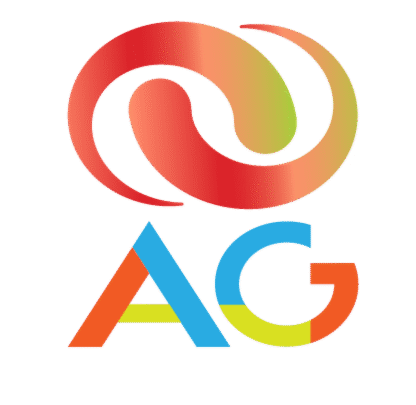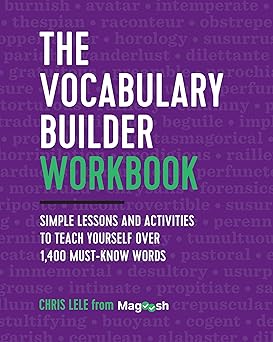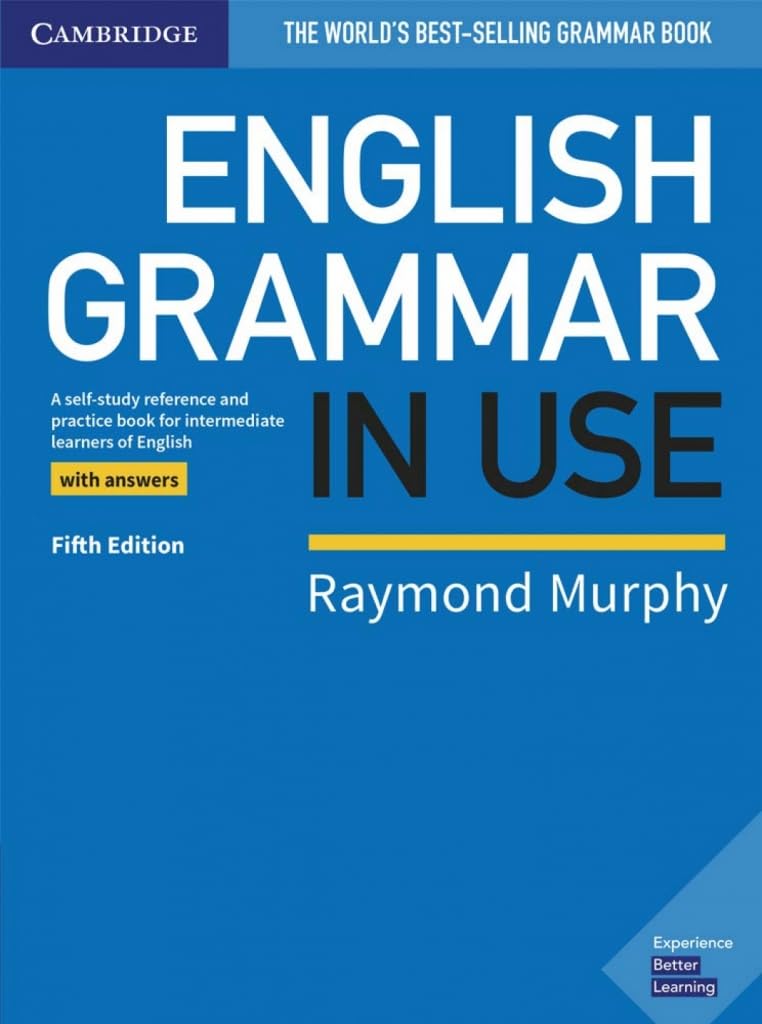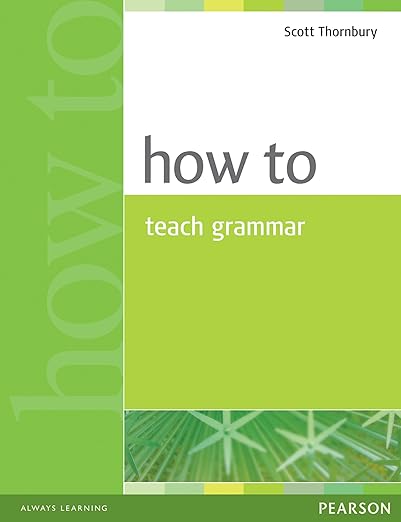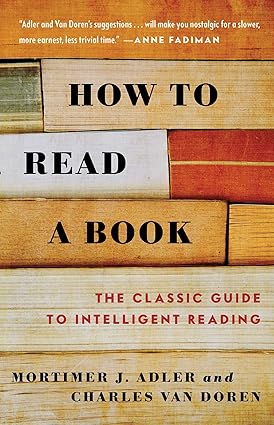In an age where communication skills are paramount for academic, professional, and personal success, vocabulary is a critical component of language mastery. Chris Lele’s The Vocabulary Builder Workbook: Simple Lessons and Activities to Teach Yourself Over 1,400 Must-Know Words aims to provide a structured, self-guided path to mastering essential vocabulary through interactive learning.
Written by an experienced test prep expert from Magoosh, a well-known online education platform, this book is particularly geared toward students preparing for standardized tests such as the SAT, GRE, or ACT—but it’s also useful for anyone who wants to improve their word bank in a methodical, enjoyable way. This review evaluates the workbook’s strengths, its shortcomings, and how it stands out—or falls short—as a vocabulary development tool.
Overview
The Vocabulary Builder Workbook contains 200 short lessons that each introduce and reinforce a set of related words. These lessons are grouped by theme or concept (e.g., “Personality Traits,” “Law and Order,” “Speaking Well”) and include definitions, example sentences, and exercises designed to encourage active engagement and recall. With more than 1,400 words covered in total, the book promises to give learners the tools to significantly expand their vocabulary for reading, writing, and speaking.
Pros
1. Organized and Progressive Structure
One of the workbook’s biggest strengths is its organization. The book starts with more common or foundational vocabulary and gradually introduces more advanced and nuanced terms. Each lesson is carefully curated to ensure progression without overwhelming the reader. This allows for steady development and prevents frustration, especially for beginners or intermediate learners.
2. Contextual Learning
Instead of simply listing words and definitions, the workbook presents vocabulary in context. Each word comes with a definition, an example sentence, and then short exercises to reinforce usage. This method helps readers understand not just what the word means, but how to use it appropriately—an essential skill that flashcards or rote memorization often fail to teach.
3. Effective Use of Thematic Grouping
Grouping words by theme rather than alphabetically or randomly helps learners see relationships between words and grasp subtleties in meaning. For example, a lesson might include “gregarious,” “reticent,” and “affable” under a theme related to personality. This comparative learning helps reinforce retention and develop a more intuitive understanding of word usage.
4. Engaging Practice Exercises
Each lesson ends with fill-in-the-blank exercises, matching games, or multiple-choice questions. These exercises are not overly repetitive and provide useful reinforcement of each word’s meaning and usage. Some even encourage creative thinking by asking the reader to write original sentences or make inferences based on context clues.
5. Self-Paced Learning
Designed for independent study, the workbook is perfect for learners who want to build vocabulary at their own pace. There’s no pressure to complete a certain number of lessons per day, making it ideal for busy professionals, students, or anyone looking to gradually build their skills.
6. Test Prep Utility
Given the author’s background, it’s no surprise that this workbook is particularly useful for test prep. Many of the words included are common on exams like the GRE or SAT, and the format mimics the kind of context-based word recognition these tests often require.
7. Accessible Language
Lele does a commendable job of explaining definitions in clear, simple terms. This makes the book approachable for a wide audience, including ESL learners and native speakers who want to improve their verbal abilities without academic jargon.
Cons
1. Limited Depth for Advanced Learners
While the workbook covers a large number of words, the depth of explanation and sophistication of the exercises may not be sufficient for advanced learners or those aiming to master academic or literary vocabulary. The lessons are brief, and some users might crave more complex sentence examples or etymological explanations.
2. No Visual Aids or Mnemonics
Unlike some vocabulary books that incorporate illustrations, memory tricks, or visual mnemonics to aid learning, this workbook is purely text-based. For visual learners, this might make the material harder to remember.
3. Lack of Review or Cumulative Quizzes
Each lesson operates fairly independently, and while this is useful for flexibility, the lack of cumulative review or chapter-end tests is a missed opportunity. Learners would benefit from periodic checkpoints to reinforce retention of previously learned words.
4. Not Ideal for Very Young Learners
Despite its simple layout, the vocabulary level and examples assume a mature reader. Some of the content may be too advanced or abstract for younger students (middle school and below), making this more suitable for high school, college students, or adult learners.
5. Print-Only Format
In a time when digital and interactive learning tools are widely used, the lack of supplementary digital content—such as downloadable flashcards, audio pronunciation guides, or mobile apps—feels like a missed enhancement. Some learners might prefer a more multimedia-rich experience.
Should You Learn from This Book?
Why You Should:
- You’re preparing for standardized tests and need to expand your vocabulary efficiently.
- You prefer self-paced, structured learning without a teacher or classroom.
- You want to improve both your word recognition and your ability to use new words contextually.
- You enjoy practical exercises and engaging, short lessons.
Why You Might Not:
- You’re an advanced learner seeking deep analysis, word origins, or academic vocabulary.
- You prefer visual aids, gamified learning apps, or interactive formats.
- You want a resource with built-in long-term review and testing mechanisms.
Final Verdict
The Vocabulary Builder Workbook by Chris Lele is a thoughtfully crafted, easy-to-follow guide that delivers exactly what it promises: a structured, self-paced program to help learners master over 1,400 important English words. With its focus on contextual understanding, themed lessons, and effective reinforcement, it succeeds as both a vocabulary-building tool and a test-preparation aid. While it may lack the bells and whistles of a multimedia program or the depth of an academic resource, it stands as one of the best entry-level vocabulary workbooks available today.
Recommended for: High school students, college applicants, adult learners, ESL students, and test prep candidates.
Rating: ★★★★☆ (4.5 out of 5)
You can purchase it on Amazon if you like.
